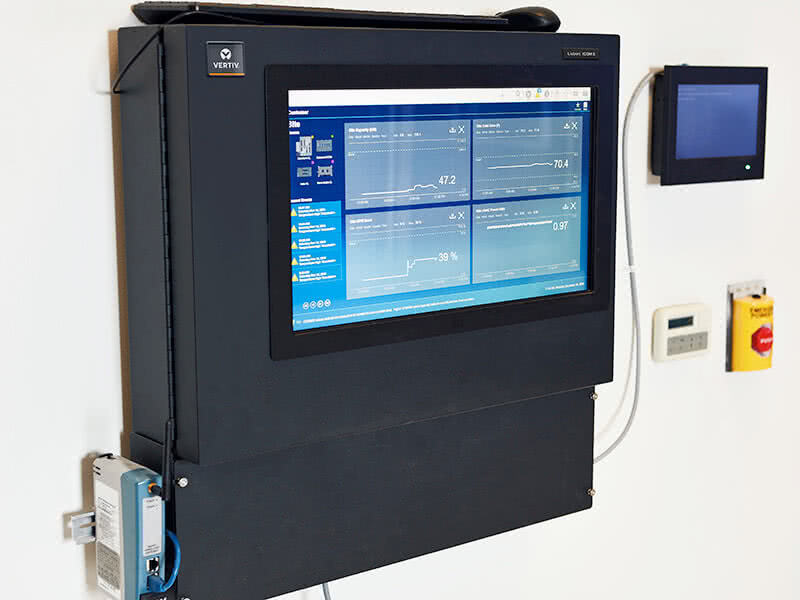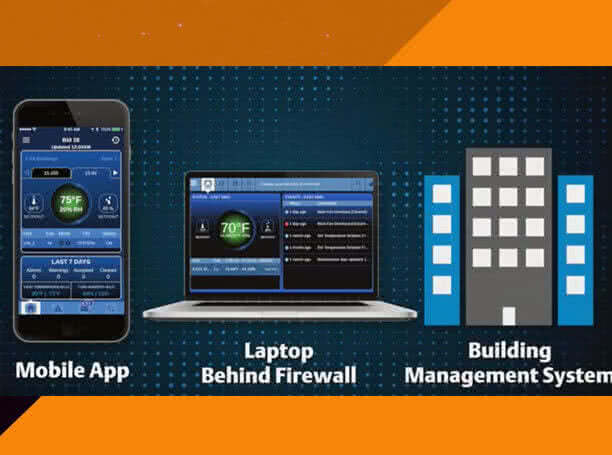Data center managers have many choices when choosing thermal controls, either those that come pre-installed and integrated with cooling units, or third-party controls requiring installation on units and additional integration programming.
In the past, data centers have turned to third-party controls because pre-programmed, integrated unit controls were not easily configured to accommodate the desired cooling operations. Fortunately, that’s changed. A new generation of integrated controls now includes multiple operating sequences for many types of applications and automated routines designed for the units on which they are installed. This paper will discuss the advantages of integrated controls.
Key Takeaways
- Four pitfalls in using third-party controls over integrated controls include: higher installation costs, improper programming, complex integration into building management systems, and at-risk lifecycle sustainability.
- While integrated controls once lacked functionality desired by some data center managers, today’s generation of cooling unit and thermal system controls now provide superior functionality, such as advanced machine-to-machine communications, teamwork, powerful analytics and self-healing routines.
- Moreover, a new class of thermal controls, such as the Liebert® iCOM™-S, operates as a supervisory control at the system level to monitor and manage multiple cooling units, eliminating the need for programming between units and the building management system, and providing an additional layer of security for the cooling units.




